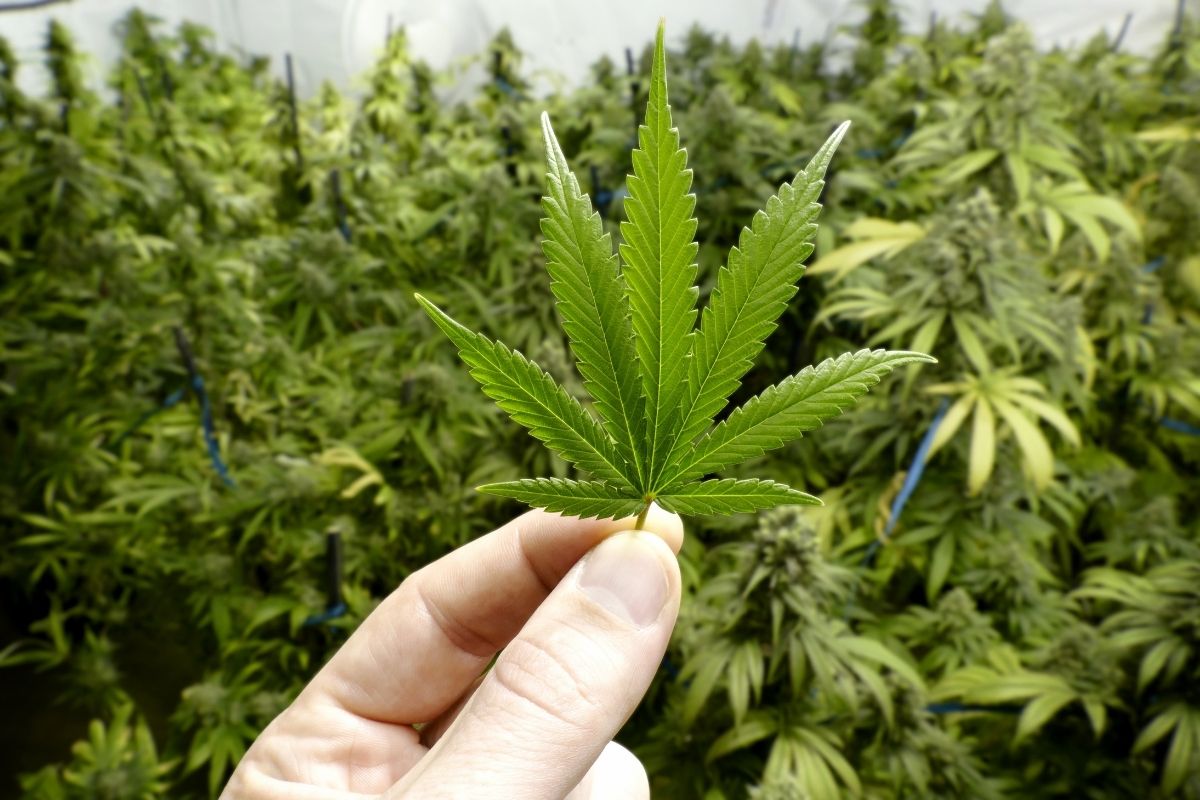Cannabis today is much stronger than it was ten years ago, and this increase in potency brings serious risks, especially for young people. Neuroscientist Fernando Berrendero highlights the dangers to developing brains and calls for more awareness.

@openrangestock/123rf.com
Table of contents
Cannabis has changed dramatically in recent years, and not for the better, according to Fernando Berrendero, a neuroscientist and professor at Universidad Francisco de Vitoria in Madrid. In an interview with SINC, Spain’s scientific news service, Berrendero warned that modern cannabis is “three times more toxic than the cannabis of ten years ago.”
A more potent product
The cannabis available today is significantly stronger than that of the past. Its composition has evolved over time, leading to much higher concentrations of THC, the psychoactive compound responsible for its effects. Berrendero explains that this transformation is due to the genetic selection of cannabis strains that prioritize high THC content over other factors like seed production. The result is a product that packs a much more potent punch than what was once available on the streets or even in legal markets.
“In the past, street marijuana typically contained about 4% THC,” Berrendero says. “Today, the concentrations often exceed 17%, a threefold increase in just a decade.” This increase in potency is not without consequences.
The higher THC content is linked to an increased risk of neurotoxic effects, especially in young consumers. The adolescent brain, still developing, is particularly vulnerable to these impacts. Berrendero points out that cannabis use during adolescence can interfere with the development of neural connections, which increases the likelihood of cognitive disorders, anxiety, depression, and even psychosis. These effects are compounded by studies that show changes in neurotransmitter levels, memory, and social behavior in adolescent mice exposed to even low doses of THC.
The rise in mental health disorders
Berrendero also reports an increase in cannabis-related mental health disorders. Conditions such as anxiety, panic attacks, mood swings, and psychotic symptoms are becoming more common as the potency of cannabis rises. This issue is affecting younger individuals in particular, a trend that worries experts.
“Regular use of high-THC cannabis not only impairs brain plasticity but can also lead to a form of addiction, which is often underestimated,” says Berrendero. “In some cases, the consequences can persist even after stopping use.”
The Need for Caution
Given the radical shift in the composition of cannabis over recent years, Berrendero urges caution. What was once considered a relatively harmless recreational drug may now pose serious risks, especially for the developing brain. For young people, the effects of cannabis use could be more dangerous than commonly assumed, and Berrendero advises greater awareness of the long-term consequences.
Fernando Berrendero: a leading expert on cannabis and brain health
Fernando Berrendero is one of Spain’s foremost experts in the neurobiology of addiction. He leads the Neurobiology of Dependency and Anxiety Disorders Group at the Faculty of Experimental Sciences at Universidad Francisco de Vitoria in Madrid. For years, his research has focused on the effects of psychoactive substances, particularly THC, on the brain. His team is especially interested in the impact of cannabis consumption during adolescence, a critical period in brain development.
Source: SINC
